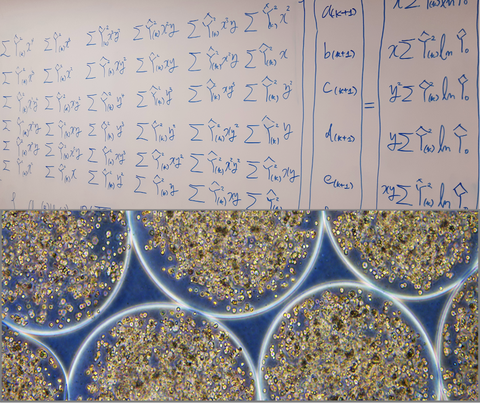
Scientific axes
InLife structures its actions around two main scientific pillars: engineering for life and theoretical approaches to biological systems. These two pillars enable the development and structuring of diverse interfaces between life sciences, chemistry, engineering, mathematics, physics, and computer science.
- Methodological developments: chemical or physical tools to probe or mimic living systems, nanomaterials for cellular targeting, instrumentation for single-cell screening, robotic tools, etc.
- Fabrication of biological objects: bio-inspired systems, molecular programming, synthetic biology, biomechanics, microphysiological systems, etc.
- Modeling of biological objects: quantum chemistry, modeling of dynamic systems, individual-based modeling, etc.
- Mathematical tools and approximations: probabilistic and statistical methods, partial differential equations (PDEs), statistical analysis of emergent properties, etc.
- Computational tools: for processing and integrating multimodal and multiscale data, AI and statistical approaches, etc.
